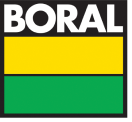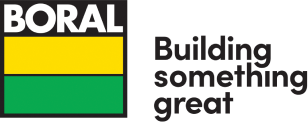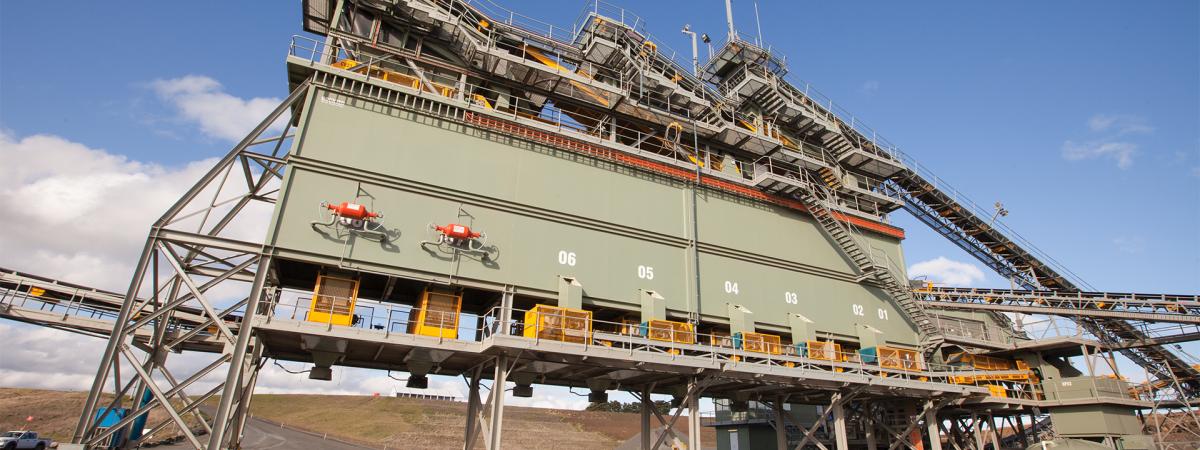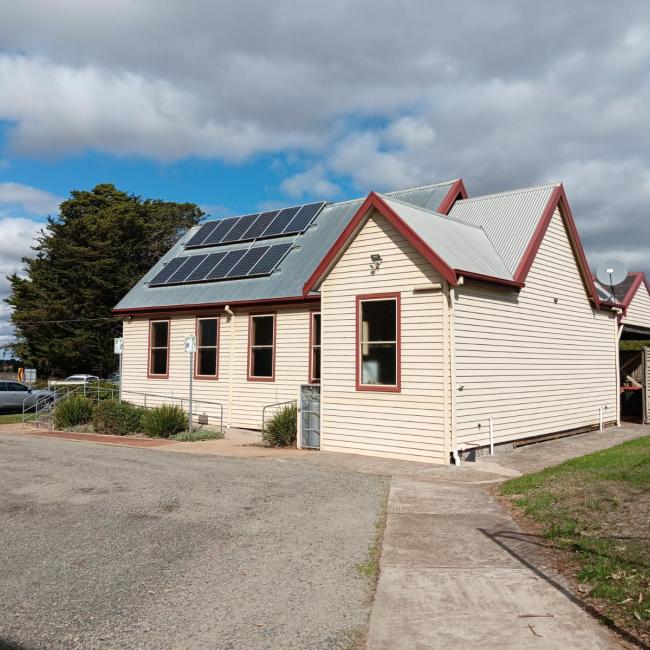The Boral Dunnstown Quarry is one of the company’s most significant regional operations in Victoria, providing aggregates to customers around Ballarat, the Melbourne metropolitan area, and the central and western regions. The Dunnstown Quarry was established in 1978-79, with Boral Resources (Vic) Pty Ltd purchasing the quarry in 1980.
The rock at Boral Dunnstown Quarry is known as sheet basalt from the Quaternary Newer Volcanics. The basalt resource has a variable overburden cover ranging 3m to 6m in depth. The resource rock itself is dense, grey, non-vesicular basalt with a thickness of up to 15m and is regarded in the construction industry as being a high quality resource from which aggregates are produced.
The site employs 45 people and many more local contractors. The site produces a high-grade basalt aggregate suitable for road construction, rail line construction and the manufacture of asphalt and concrete.
The plant is located on the quarry floor (‘in pit’), in line with current industry best practice. As the plant sits ‘below’ the surface of the surrounding landscape, the aesthetic appearance of the site aligns better with the rural character of the surrounding Dunnstown area.
Materials from Dunnstown have been included in a range of public and private infrastructure projects in recent years, most notably the Western Highway bypass of Ballarat, the Regional Fast Rail upgrade between Ballarat and Melbourne, the Waubra Windfarm project and the Ballarat West Employment Zone.

Positive relationships with the community are an important part of conducting our business activities. To help facilitate ongoing communication with neighbours and other local stakeholders, the Boral Dunnstown Quarry operates an Community Reference Group (CRG).
The CRG will act as a two-way link between Boral and the communities that members represent in order to:
- Provide an avenue for community involvement with the current and future operations of Boral’s Dunnstown Quarry;
- Ensure that those affected by the quarry’s operations have an opportunity to provide a local perspective on the development of Boral’s community partnership framework; and
- Support opportunities for communication and engagement between Boral and neighbouring communities that benefit the local community, businesses, and interest and industry groups.
Information about the Community Reference Group and its role, please download the Terms of Reference or contact Boral.
You can view meeting notes from meetings held in the Community Documents section below.
We are continuously improving processes at our site.
Our teams will continue to engage with our local communities to understand how our operations impact you. If you have any feedback please email community@boral.com.au.
The Boral Dunnstown Quarry satisfies its obligations under Work Authority 82 for environmental emissions. Dust mitigation at the quarry is mandatory, and is conducted through various methods.
The crushing plant uses a number of water sprays to supress dust levels, as well as ‘in-process water adding’ to make a wet product. A water truck with a fast-fill water supply system is also used to ensure that roads and stockpiles are kept moist during working activities.
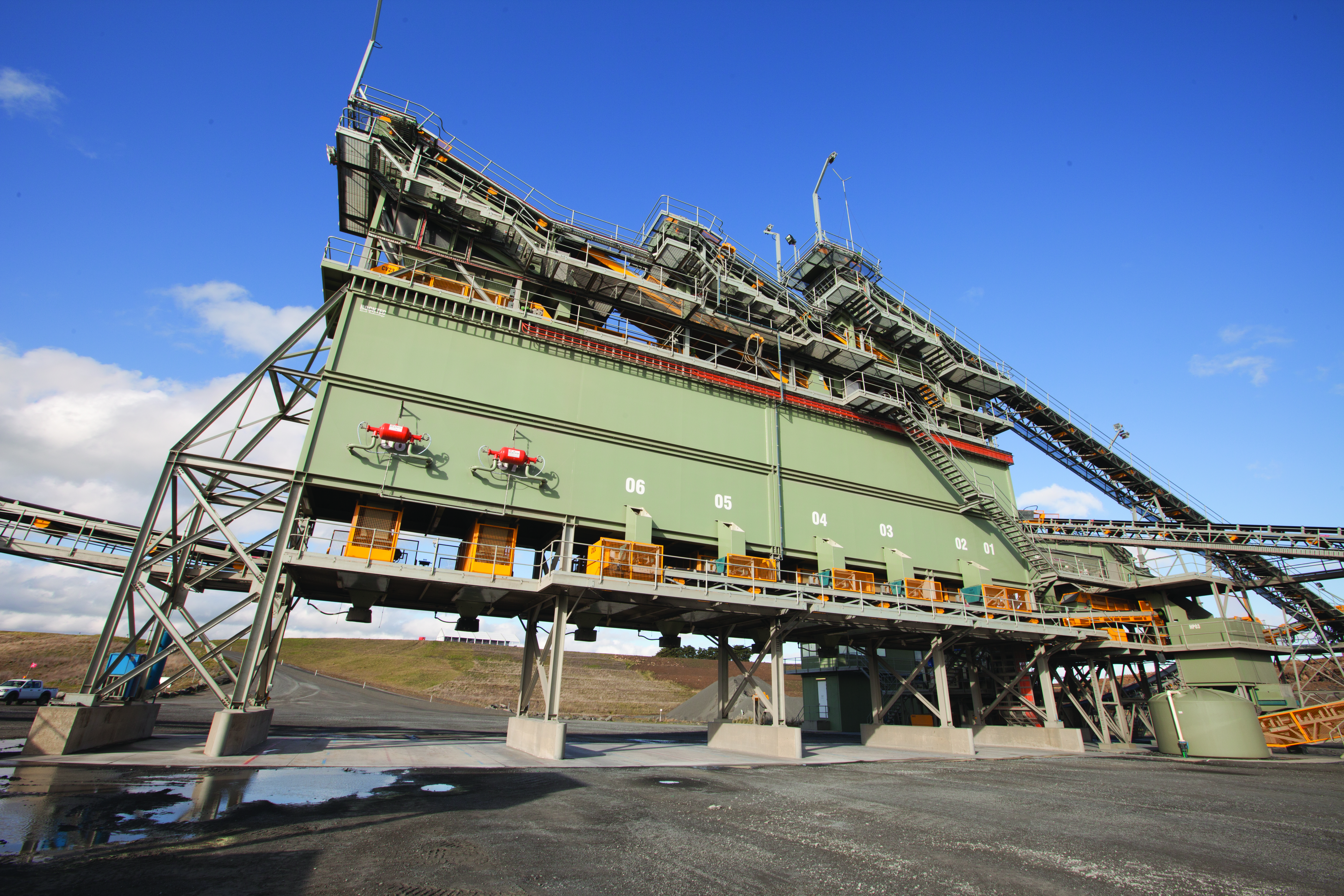
The quarry's main approval is Extractive Industry Work Authority 82 (WA822), issued under the Mineral Resources (Sustainable Development) Act 1990. This allows the operation of extractive activities at the site.
Current reserves in Boral’s existing quarry footprint are expected to be exhausted by 2027. To ensure continued supply of quarry resources, Boral has applied to government authorities to seek approval to extend our Dunnstown Quarry’s extraction boundaries. The planned extension will take place to the east of our current extraction area and to the south. These areas exist on our tenement (WA82) and are part of the land we own and manage.
The approval process, known as a work plan variation (WPV), is required when a change in work is required that has not been approved under an existing work plan. The work plan must be approved under the Mineral Resources Sustainable Development Act 1990 by government authorities before any planned expansion activity can begin. The work plan cannot be approved without Boral first obtaining a planning permit from the Victorian Government.
The proposed expansion of the quarry footprint includes:
- A southern extension to the quarry pit of 24.3ha and an eastern extension of 11.2 ha.
- Permission to extend and seal Hewittsons Road to connect with Ditchfield Road in the south.
- Rehabilitation of the existing extraction pit and the surrounding area within WA82. Rehabilitation will be undertaken by progressively partial backfilling and reprofiling the extraction pit with overburden and topsoil stored onsite.
The staging plans for the quarry’s expansion can be found in our Working Plan Variation.
